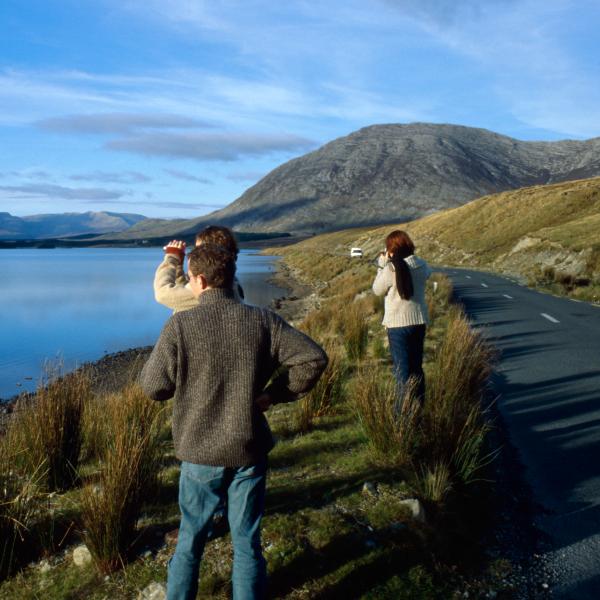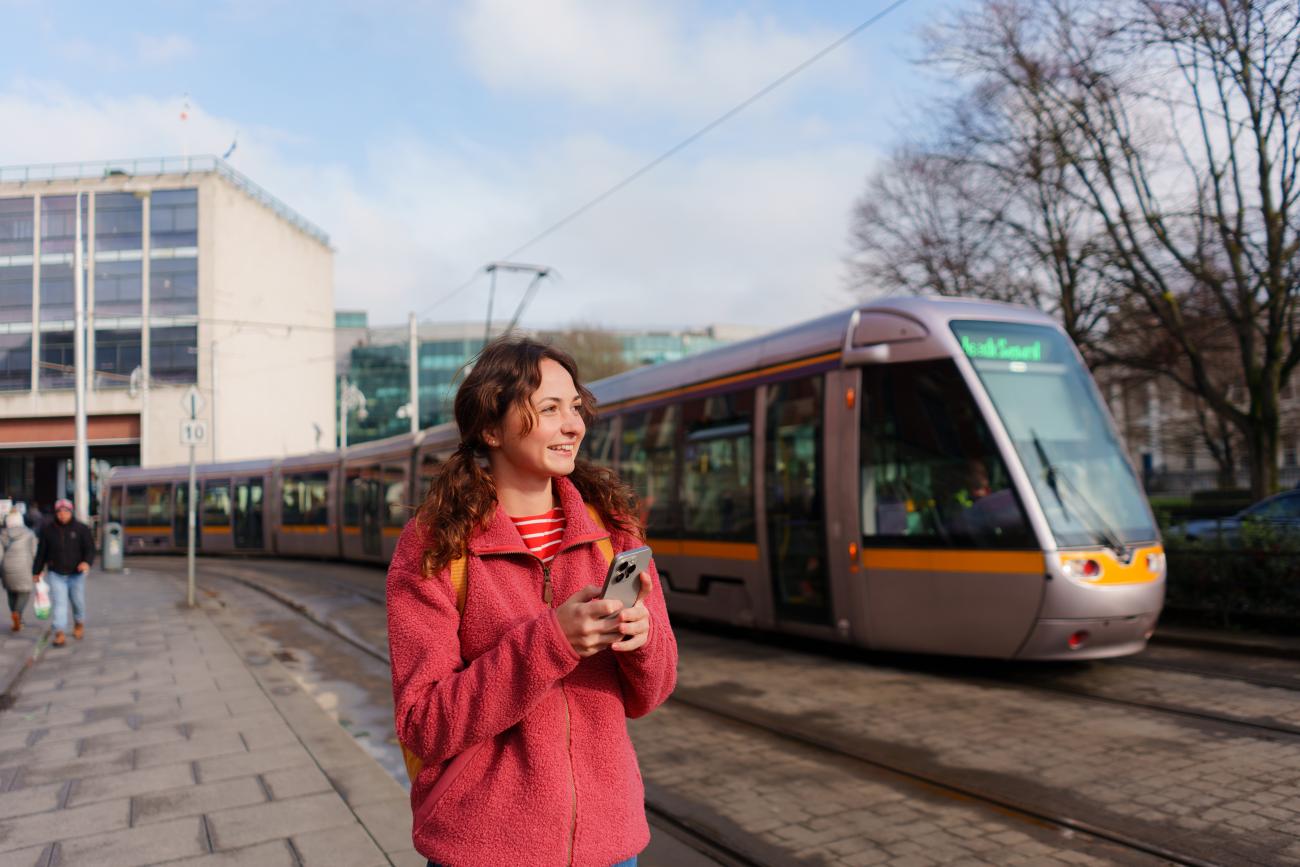
Innovation never takes a holiday
The summer season has just ended but local authority Tourism Officers are unstinting. Learn how their innovative approaches continue to boost visitor numbers right throughout the year.
Innovation in tourism matters
Innovation is essential in tourism promotion. Ireland’s tourism offering competes in a global marketplace, with many countries promoting rich cultural and natural digital experiences. Tourists’ tastes are changing: they want local, authentic, tech-enabled experiences that are sustainable and often off the beaten path. And to keep tourism delivering for Ireland’s economy, it must generate activity throughout the year, not just in peak summer months. That’s where smart tourism strategies come in, linking creativity, technology and local knowledge.
Smart tourism in action
Dublin offers a strong example of this kind of thinking. We spoke Nollaig Fahy, the Tourism Innovation Manager for Dublin City, who explains:
“It’s about making sure that anything you do is is done through the prism of what's good for locals, what's good for visitors and what's good for tourists.”
That balance—between visitor experience, local benefit, and long-term sustainability—is at the core of Dublin’s tourism strategy.
One recent innovation is the Dublin Discovery Trails app, developed by Dublin City Council in partnership with Fáilte Ireland. The app offers immersive, GPS-enabled walking trails enhanced with storytelling, maps, and Augmented Reality. Visitors can explore Dublin's past through interactive technology—meeting virtual characters, stepping through AR portals, and discovering neighbourhoods beyond the usual tourist hotspots.
It’s a way to blend heritage with innovation while giving locals and tourists new ways to experience the city.

Another example is the Dublin Portal—a public art installation close to O’Connell Street that live-streams real-time video between Dublin and cities around the world. It gives the impression of looking through a window into another place, inviting passers-by to pause, wave, and connect. Since it launched, it has attracted thousands of visitors and brought fresh attention to a part of the city that had become quieter in recent years. It has even hosted occasional live events—like a chess match or a dance-off—adding some fun and surprise to the experience.
Dublin’s efforts were recognised at a European level when the city was named a European Capital of Smart Tourism. This title celebrates cities that combine digital innovation with accessibility, sustainability, and cultural vibrancy. It’s a strong endorsement of the work being done by Dublin’s tourism teams, and it shows that smart tourism delivers real impact.
Extending the season with creativity
In Kilkenny one standout example of innovation is the Home of Halloween festival. Funded as part of a Fáilte Ireland pilot, the event builds on the true story of Petronella de Meath, the first woman in Europe documented as being burned as a witch. "It’s an authentic Kilkenny story,” says Kilkenny Tourism Officer Martina Comerford, “and we’ve hadn't really brought it to the fore before now.”

The Halloween festival supports a key goal of Kilkenny’s tourism strategy: encouraging visitors to come outside of the peak season and stay longer. Events like this show that innovation doesn’t necessarily mean new technology, it can also mean new thinking about heritage and stories.
Martina is also explains that Kilkenny is a constantly evolving destination. Streetscapes are being upgraded, public spaces are improving, and a new Museum of Medieval Kilkenny is on track to open in 2027. It’s all part of a long-term vision: welcoming visitors while ensuring the city remains vibrant, walkable and welcoming for residents and tourists alike.
Across Ireland, local tourism officers are finding smart, creative ways to keep tourism vibrant and valuable, and not just in the summer months. Whether through technology, partnerships, festivals, or public spaces, their work is helping to attract visitors, support local economies, and keep communities thriving.